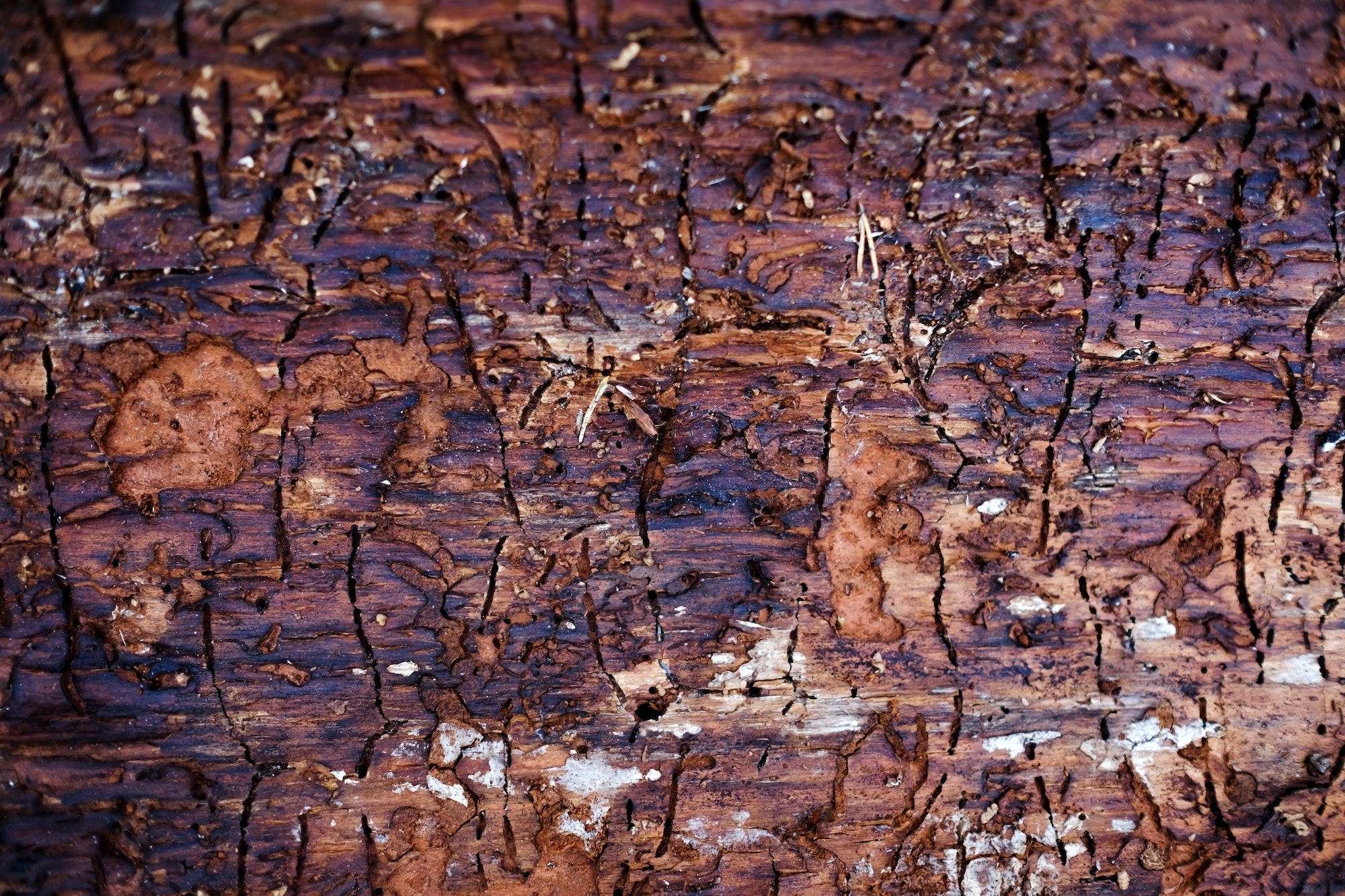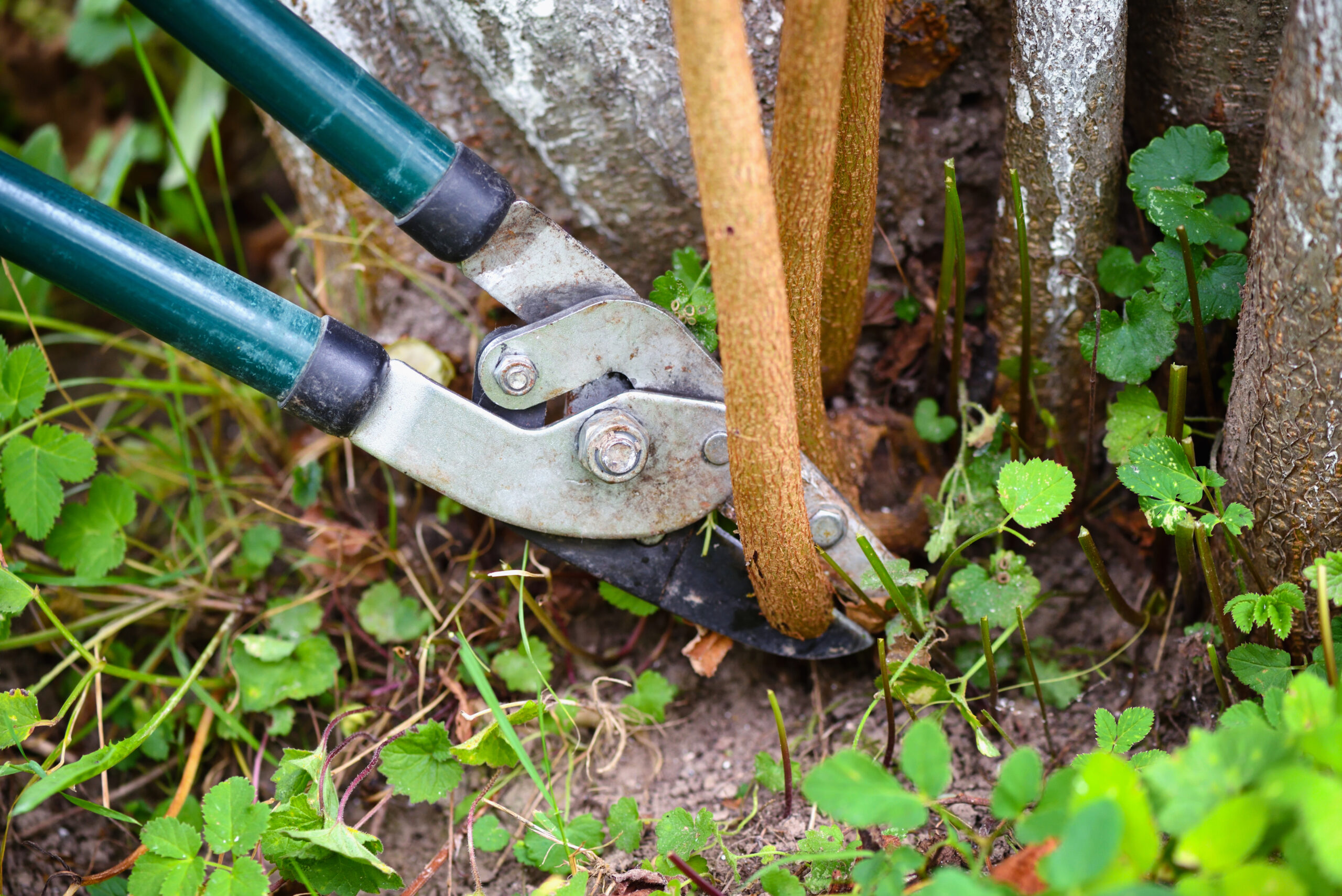Table of Contents
Fungal tree diseases exposed – Learn the signs and solutions
From harmless shelf mushrooms to more harmful varieties that seriously threaten trees, various types of tree fungi can appear on your trees. While a tree can’t be cured of fungus, you can force the fungus to go into a state similar to remission to allow your tree to regain its health. Keep reading to learn the signs of different fungal tree diseases to prevent diseases in your trees.
Anthracnose Disease
- An excess of water commonly triggers anthracnose diseases. Rainy weather and springtime tree watering expose trees to fungal invasions. These trees become open targets for secondary invaders.
Common symptoms of anthracnose diseases include:
- Young leaves may appear deformed, curled, or distorted, along with the presence of brown patches.
- Fully grown leaves have dark brown spots on their otherwise normal surface, displaying signs of pest harm.
- Symptoms may subside during dry spells but resurface following rainfall.
Sooty Mold
- The presence of sooty mold on tree leaves can indirectly impact the tree’s health. Sooty mold forms a layer that restricts the tree’s ability to capture sunlight and interferes with its capacity to produce essential nutrients. When the tree is deprived of these nutrients, the chances of survival decrease significantly.
Additionally, the presence of sooty mold often indicates an underlying pest issue. Sooty mold is typically a consequence of the buildup of honeydew on plant surfaces. Honeydew is a substance excreted by pests like aphids and scale insects.
Common symptoms include:
- Coating of black mold on leaves and nearby plants.
- Impaired tree growth leads to stunted development.
- Premature defoliation or shedding of leaves.
- Infestation of tree pests such as lace bugs, scale insects, and aphids that extract sap from the tree.
- Residue of honeydew dripping from the plant.
Powdery Mildew
- Like sooty mold, powdery mildew also covers leaves and prevents the tree from receiving vital nutrients necessary for survival. Over time, the prolonged stress weakens the tree’s defenses, making it more vulnerable to other diseases or infestations by pests. Typically, the wind carries powdery mildew, transferring it from an infected plant to a healthy one.
Common symptoms include:
- Presence of white to grayish spots or patches on leaves.
- Leaves begin to dry out and show a yellow or scorched appearance. They may also deform, twist, or break under the influence of the disease.
Cercospora Leaf Spot
- The usual damp and warm spring conditions create an ideal environment for developing Cercospora leaf spot disease on tree leaves. This disease can start as small spots on the leaves.
However, as the disease advances, these spots spread across the foliage. Consequently, the leaves lose their ability to function effectively and eventually drop from the tree. Frequent defoliation affects a tree’s overall health.
Common symptoms include:
- Formation of circular leaf spots with purple or dark brown borders.
- The presence of tiny black specks indicates the presence of fungal spores.
Phytophthora Root Rot
 It commonly occurs when the soil surrounding the tree’s base remains excessively damp over extended periods. Phytophthora root rot adversely affects the tree’s root system, weakening its structural stability and potentially giving rise to further issues like property damage and even accidents. Untreated cases over several years can lead to the tree’s death.
It commonly occurs when the soil surrounding the tree’s base remains excessively damp over extended periods. Phytophthora root rot adversely affects the tree’s root system, weakening its structural stability and potentially giving rise to further issues like property damage and even accidents. Untreated cases over several years can lead to the tree’s death.
Common symptoms include:
- A darker shade bark.
- Stunted tree growth.
- Yellowing or browning of leaves.
- Drooping and curling leaves.
At American Tree Experts, Inc., we offer the best services to keep your plants out of harm’s way. Our pest management services ensure your plants are protected against pests and diseases. Our most sought-after services are pruning, bracing, pest, and nutritional management. We offer services in Montclair, New Jersey. Call us at (973) 744-6091 for a free quote.



 There are different guidelines for different trees. A mature tree’s roots should not be cut closer than 6-8 inches from the trunk for each inch in trunk diameter. For instance, if the tree’s diameter is 20 inches, cut at least 10 feet away. Alternatively, prune roots no closer to the trunk than a distance equal to 3 to 5 times the trunk diameter. On the other hand, a young tree can withstand complete root pruning on one side at a distance equal to 5 times
There are different guidelines for different trees. A mature tree’s roots should not be cut closer than 6-8 inches from the trunk for each inch in trunk diameter. For instance, if the tree’s diameter is 20 inches, cut at least 10 feet away. Alternatively, prune roots no closer to the trunk than a distance equal to 3 to 5 times the trunk diameter. On the other hand, a young tree can withstand complete root pruning on one side at a distance equal to 5 times 
 Inquire whether the tree service company and its workers are covered under WSIB. Some companies may use subcontractors, making it difficult for homeowners to determine individual insurance coverage. Ask if all
Inquire whether the tree service company and its workers are covered under WSIB. Some companies may use subcontractors, making it difficult for homeowners to determine individual insurance coverage. Ask if all 
 Hardiness Zones: Thrives in zones 2-9
Hardiness Zones: Thrives in zones 2-9
 Stunted twig growth
Stunted twig growth
 Disinfect your pruning tools between each cut. Use a 10% bleach solution or rubbing alcohol. This prevents the bacteria from being transferred to healthy parts of the tree.
Disinfect your pruning tools between each cut. Use a 10% bleach solution or rubbing alcohol. This prevents the bacteria from being transferred to healthy parts of the tree.
 Elm tree, particularly the Siberian elm, has certain issues that should be considered. The high germination rate of the elm tree’s seeds led to its aggressive spread beyond the intended planting areas. In addition, these trees have brittle, weak wood, making them susceptible to storm and ice damage.
Elm tree, particularly the Siberian elm, has certain issues that should be considered. The high germination rate of the elm tree’s seeds led to its aggressive spread beyond the intended planting areas. In addition, these trees have brittle, weak wood, making them susceptible to storm and ice damage.
 Just before leaves emerge, fertilizing mature trees in the early spring promotes their health and vitality. Follow these techniques to ensure effective tree fertilization.
Just before leaves emerge, fertilizing mature trees in the early spring promotes their health and vitality. Follow these techniques to ensure effective tree fertilization.
 While excessive pruning during the active growth season can be harmful, it should be noted that over-pruning at any time of the year can induce stress in a tree. This can render a tree more vulnerable to diseases. Therefore, it is essential to remember that each pruning cut carries significance because every cut is a wound to the tree.
While excessive pruning during the active growth season can be harmful, it should be noted that over-pruning at any time of the year can induce stress in a tree. This can render a tree more vulnerable to diseases. Therefore, it is essential to remember that each pruning cut carries significance because every cut is a wound to the tree.
 Tree cabling is a technical and complex process that should not be attempted as a DIY task. Hire qualified professionals to perform the service for you. Arborists begin by drilling holes in the compromised and the stronger limb. The cable of the correct length is threaded through these holes. A pully system is then used to pull the two cabled stems together until they are in the correct position for optimal stability.
Tree cabling is a technical and complex process that should not be attempted as a DIY task. Hire qualified professionals to perform the service for you. Arborists begin by drilling holes in the compromised and the stronger limb. The cable of the correct length is threaded through these holes. A pully system is then used to pull the two cabled stems together until they are in the correct position for optimal stability.